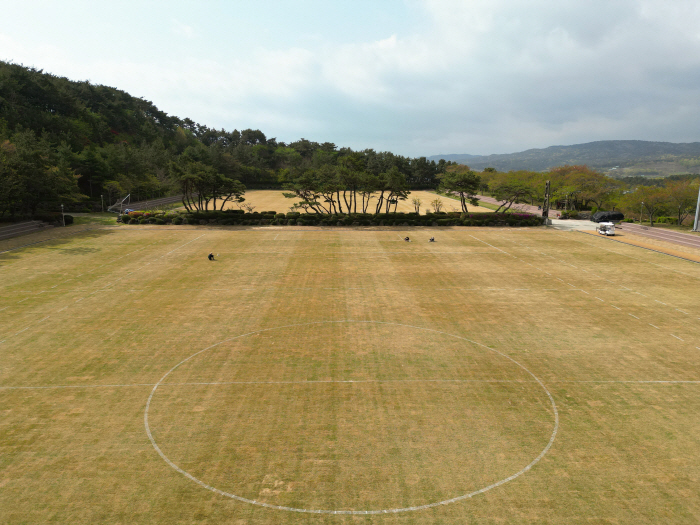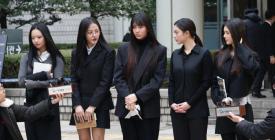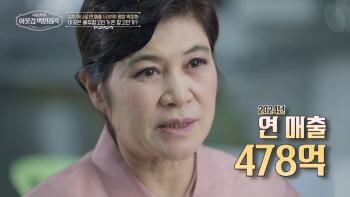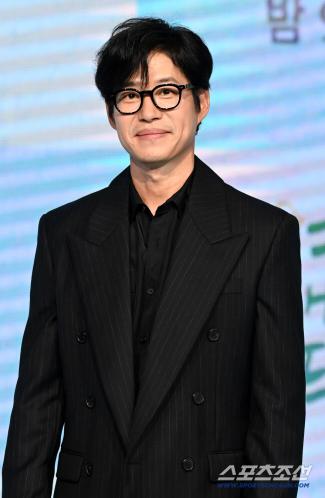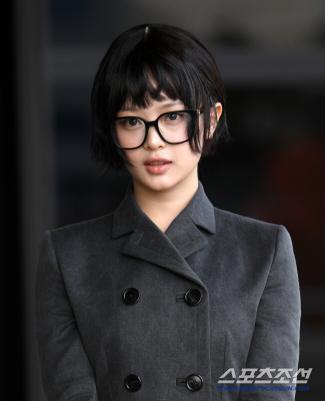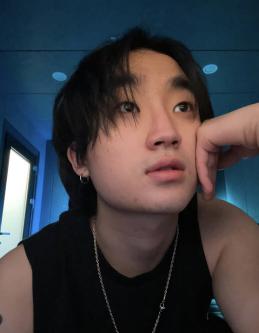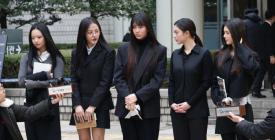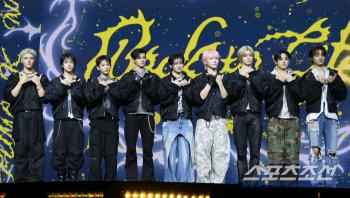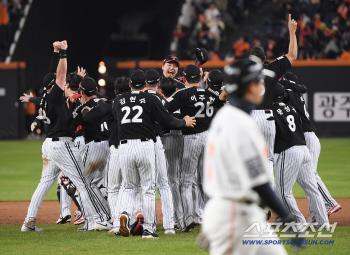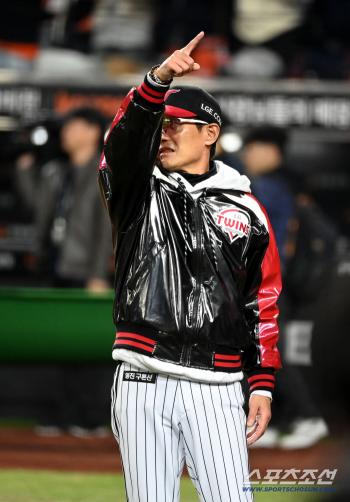Ulsan's experiment, the champion of grass, introduced the first orchid-type grass in Korean professional soccer...Present a new model
Apr 17, 2025
|
|
Gangdong Football Stadium, located in Dangang-dong, Buk-gu, Ulsan, built an auxiliary facility, including two grass fields, on July 19, 1998, ahead of the 2002 Korea-Japan World Cup, with Hyundai Heavy Industries (HD Hyundai Heavy Industries) covering a total area of 30,000 pyeong. Since then, Ulsan clubs have been using it as a training ground.
In recent years, almost all K-League clubs have struggled to proceed with normal training due to soaring summer temperatures in South Korea and prolonged heat waves that damaged the grass at existing training grounds.
Before the full-fledged heat wave approached, Ulsan introduced a new type of orchid lawn that is strong against heat and humidity as the first professional soccer team in Korea.
Because orchid grass can grow even in high-temperature weather, it is possible to minimize the deterioration of grass conditions in hot weather. In addition, it is expected that the nature of the orchid-type grass that grows vigorously from the root will alleviate the divot (defeat phenomenon) of the existing transplant grass. Ulsan's introduced new orchid-type grass at Gangdong Football Stadium has similar shapes and densities of leaves to the existing Korean paper grass, minimizing the sense of heterogeneity in the use of players.
Considering the growth period of orchid grass, Ulsan is also considering sowing additional grasses of other species that can improve the shortcomings of orchid grass to prevent winter training.
Through the introduction of the Nanji lawn, Ulsan will actively cope with the abnormal climate of high temperatures and humid conditions in the summer and proceed with the project to provide the team with the best training conditions throughout the four seasons.
The existing grass varieties of Gangdong soccer field are Korean paper grass, which grows actively in spring and autumn, but it was difficult to manage and cope with the recent summer weather because the growth was not smooth. The Ulsan Secretariat toured Japan's leading clubs and facilities with HD Hyundai Heavy Industries officials to identify best practices for grass reconstruction and came up with alternatives suitable for the situation in Ulsan.
After understanding the current situation and conducting a preliminary investigation, Ulsan began to replace the breed in October last year through the support and cooperation of HD Korea Shipbuilding & Marine Engineering and HD Hyundai Heavy Industries. The grass replacement was carried out sequentially from October to December 2024, and from December 2024 to February 2025.
Gangdong A Football Stadium reopened on the 17th, and the Ulsan team conducted morning training. Gangdong B Football Stadium will be introduced sometime next month.
Ulsan is expected to resolve the grass fall caused by the summer heat wave by replacing the grass, reduce the risk of injury due to high density and cushioning effects, and present a new model through the introduction of orchid-type grass for the first time in Korea's professional soccer team. Ulsan's team will be able to prepare for the actual match in an environment that can minimize damage to the training site despite the same heat wave and torrential rain as last year.
Kim Kwang-guk, CEO of Ulsan, said "Recently, abnormal summer temperatures are adversely affecting our Ulsan and the soccer industry. As a result, this causes problems in the players' condition and performance. This project was carried out to prevent this and to operate normal training and games. I'll make sure that the good grass is maintained" he said.
This article was translated by Naver AI translator.

